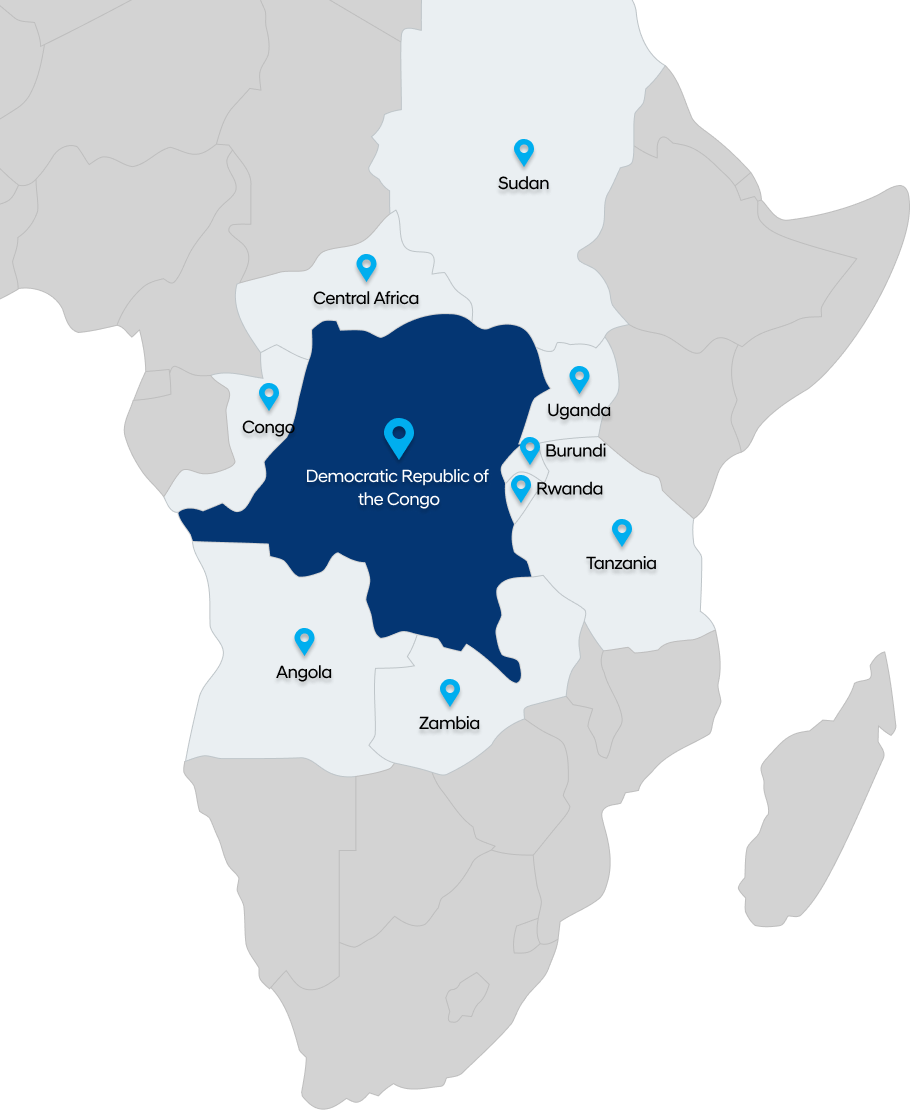Supply Chain

Supply Chain Management
HYUNDAI TRANSYS conducts supply chain ESG assessments based on the supplier code of conduct and operates a constant risk monitoring system. It also strives to fulfill its social responsibilities with suppliers by supporting improvement through various programs.
Supply Chain Management Strategy
-
01
Responsible material sourcing
- Providing ESG education for partner companies
- Establishing a green procurement policy
- Expanding the application of green procurement
- Conflict minerals policy
- Managing conflict minerals of partner companies
- Declaring compliance with responsible minerals procurement
- Providing ESG education for partner companies
-
02
Securing the ESG capabilities of the supply chain
- Providing ESG education for partner companies
- Supplier Code of Conduct
- Operating ESG training programs for business partner
- ESG assessment system for partner companies
- Expanding ESG assessments of business partners globally
- Executing ethics/safety assessments when registering a company as a new partner
- Providing ESG education for partner companies
-
03
Establishing a culture of shared growth
- Expanding shared growth policies
- Implementing the Shared Growth Program (3C-growth)
- Strengthening communication channels with business partner
- Supporting enhanced business partner competitiveness
- Providing opportunities for overseas market expansion and sales grow
- Implementing occupational safety and technical support projects
- Expanding shared growth policies
Supply Chain ESG Assessment
-
- 01Self-Evaluation
-
- 4 areas (ethics, environment, labor/human rights, and safety/health)
-
- 02Document Review
-
- Document review for consistency
-
- 03On-site Due Diligence
-
- On-site due diligence of high-risk partner companies
-
- 04Monitoring
-
- Monitoring to check whether improvements have been made
Conflict Minerals Management
HYUNDAI TRANSYS is striving to improve the environment and human rights in conflict and issue areas by building a responsible supply chain management system and encouraging its suppliers’ participation in response to various issues such as human rights violations and environmental degradation when mining minerals in conflict zones in Africa.

Conflict Minerals Overview
Definition
Conflict minerals are minerals mined in conflict zones in Africa.
- Conflict Zones (10 countries)Democratic Republic of the Congo, Congo, Sudan, Rwanda, Burundi, Uganda, Zambia, Angola, Tanzania, Central Africa
- Target MineralsConflict minerals (tin, tantalum, tungsten, gold) + responsible minerals (cobalt, mica)
Regulation
In order to prevent the flow of funds from the sale of minerals mined in conflict zones to armed groups in countries that are abusing human rights, companies are required to report on the use of conflict minerals mined in conflict zones.
Conflict Minerals Policy
-
By applying international standards that regulate conflict minerals, establish a business process for compliance with laws regarding conflict minerals, and actively support the activities of the Responsible Minerals Initiative (RMI)in promoting the ban on the use of conflict minerals.
-
Using the Conflict Mineral Reporting Template (CMRT/EMRT) provided by RMI, identify the names and locations of all smelters of major conflict minerals and responsible minerals used in the company's products.
-
Request suppliers to submit the Conflict Mineral Reporting Template and provide written confirmation (CMRT/EMRT) that no conflict minerals are used.
-
Support suppliers in purchasing conflict minerals from smelters certified under the Responsible Minerals Assurance Process (RMAP).
Conflict Minerals Management
HYUNDAI TRANSYS has established a dedicated conflict minerals team and a management process linked to the purchasing procedure, and is working with suppliers to ensure compliance with conflict minerals-related laws and regulations.
-
01
Establishment of a plan
Investigation of conflict mineral usage status and selection of management targets
-
02
Fact-finding Survey
Request and comprehensive analysis of CMRT/EMRT by each supplier
-
03
Document Verification
Identify the status of smelters and review certification status
-
04
Improvement Management
Support the transition to certified smelters, such as excluding non-certified smelters

